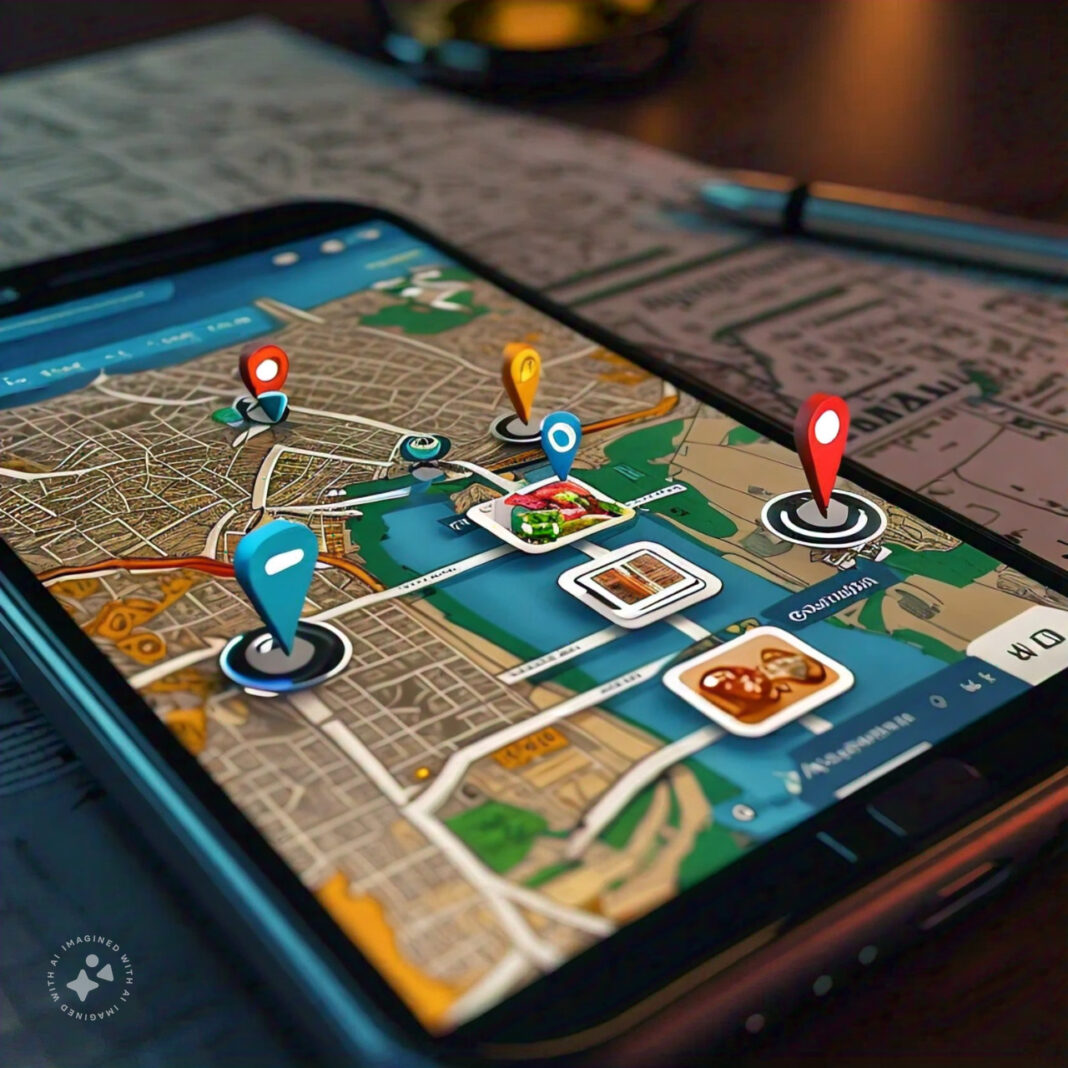These days, literally everywhere and in every aspect of life, at every turn, there is a mobile app. With millions available in app stores, the developer/business owner has to provide an onboarding process that is frictionless and engaging.

Onboarding is the first experience a user will have with your application and may affect his or her desire to continue using it. Proper design of an onboarding process is therefore a big factor in user retention and engagement, adding to their overall satisfaction.
In this article, we’ll explore the essential ingredients of crafting an effective onboarding process for your app, and also provide some actionable tips to make sure users have a smooth and enjoyable first-time experience.
Onboarding: Understanding its Importance in Apps
Before going into the details related to designing an onboarding process, there’s a need to understand why it is important. The purpose of app onboarding includes:
- First Impressions: Onboarding is the first opportunity for your app to make a good impression on users.
- User Education: It introduces users to the major features and functionality of your app.
- Value Proposition: Onboarding communicates the app’s value and its benefits to the users.
- User Engagement: Onboarding done properly will stimulate a user to make use of an application.
- Retention: Effective onboarding can significantly improve user retention rates.
You can pay attention to these aforementioned details so that you can have your app geared toward success post-onboarding.
Define the core value of your app.
The first step in designing an effective onboarding process is clearly defining the core value of your app. Ask yourself:
Your app caters to which problem of the users?
- How does your app stand out from the competition?
What are the major features and functionalities that will deliver this value?
This leads to the way you can architect an onboarding process to communicate what is at a core value to the users. This keeps users focused on understanding quickly why they want to continue using your app.
Know Your Target Audience
Knowing your target audience is quite instrumental in structuring an onboarding process that identifies with the audience. Consider the following:
- Age range
- Technical capacity
- Interests and preferences
- Pain points and needs
Personalize the onboarding experience by keeping your particular audience in mind so that you can make it as customized and interesting as possible.
Simple and to the point
Remember the golden rule of simplicity onboarding—sweet and short. Never dump a load in front of users; try to introduce your most crucial features and concepts first. Following are a few tips for achieving simplicity:
- Key features in priority: Onboarding 3-5 key features providing immediate value.
- Progressive disclosure: The technique of disclosing more features and information over stages, as the user learns how to use the application.
- Avoid jargon: Simplify the language to make it understandable for every reader.
- Implement visual cues: Use icons, illustrations, or animations to cognitively portray a piece of information quickly.
By keeping the onboarding process focused and simple, you reduce the cognitive load of the users and increase the likelihood that they will go through to the end.
Develop a Logical Flow
In making this onboarding, the primary intent would be to develop steps in logical sequences. This will help in creating a mental model of how your application works and where important features are. Consider the following when creating your onboarding flow:
- Start at the Beginning: Start with basic setup tasks such as creating an account or permission.
- Expose core functionality: Reveal the core functionality of your application in a clear progression.
- End with a clear call-to-action: Drive users toward their first meaningful interaction within the app.
This well-structured flow ensures that users do not feel lost or puzzled somewhere in the onboarding process.
Use Interactive Elements
Passive onboarding, where users just read or watch information about the app, can be boring and ineffective. Instead, include interactive elements that will help orient your users in learning-by-doing. Here are a few ideas:
- Guided Tours: Guiding the users through important features using interactive tooltips.
- Sample tasks: Ask users to perform a simple exercise to become oriented to the app’s interface.
- Gamification: Make the onboarding process more pleasurable with elements of play or competition.
- Personalization options: Facilities to tailor the user experience by selecting preferences or interests.
Interactive training makes it interesting, not only during the onboarding process but also in remembering much better.
Optimize for Different Devices and Platforms
Remember that your app will be accessed by users on devices of all shapes and sizes, using different operating systems and platforms. This now brings us to the question:
- Responsive design: Design different layouts for different screen sizes and orientations.
- Platform-specific guidelines: Design according to iOS and Android guidelines for a native-like feeling.
- Device-specific features: Make use of unique features of specific devices—be it fingerprint sensors or facial recognition.
This is how one creates a smooth and continuous onboarding experience that is well-executed on different devices and platforms.
Design Progress Indicators
Users appreciate a sense of progress and how much further they have to go in the onboarding process. Put in clear indicators of their progress through the steps. This can include:
- Progress bars: Visual representations of how much of the onboarding process is complete.
- Step counters: A digital number display showing the steps, both present and total amount.
- Checklist: List of items to be checked off by the user upon completion.
Indicators of progress show achievements that further motivate the users to finish up the onboarding process.
Provide Skip and Back Options
While it’s important to guide users through the onboarding process, it’s equally crucial to give them control. Provide options to skip certain steps or go back to previous ones. This flexibility caters to different user preferences and levels of familiarity with similar apps.
- Skip button: For users who like exploring on their own, give them a chance to opt out of the onboarding process.
- Back button: Allow users to go back to the previous steps if they want to review information.
- Optional deep dives: Include more information for those who wish to learn more, but don’t force-feed it to them.
Such alternatives respect the time of users, as well as their preferences. This often results in enhanced satisfaction.
Add Visuals and Animations
UI elements and animations can make the onboarding process more interesting, engaging, and memorable. It could explain in detail even difficult concepts in a split second. Use:
- Illustrations: Custom graphics representing important features or ideas.
- Icons: Basic, well-known items used to depict an action or category.
- Animations: Subtle motions that bring awareness of, or show how to work, features.
- Videos: Demonstrative clips on some of the most complex features.
Remember to maintain consistency in your app’s overall design language and brand identity.
Personalize the Experience
Personalization can significantly increase the effectiveness of the onboarding process by making it more relevant to individual users. Some ways to personalize onboarding include:
- User input: Inquiries regarding the user’s goals or preferences made during the initial onboarding process.
- Adaptive content: Onboard personalization depending on what users input or do.
- Role-based onboarding: If your app has multiple user types, create custom onboarding flows for each user role. 4. Contextual help: Give direction based on what the user is doing or where they are in the app.
Personalization makes users feel the app understands and caters to their specific needs.
Test and Iterate
Effective user onboarding is an inherently iterative process. Keep testing and improving your onboarding flow through user feedback and behavior. This could be done in several ways:
- A/B testing: Compare different onboarding designs to see which works out well.
- User feedback: Gather and analyze user comments and suggestions.
- Analytics: Observe important statistics including completion rates, time spent, and user retention.
- Usability testing: See how actual users go through the process.
Use insights gained from this one testing to drive improvements in onboarding design.
Provide Ongoing Support
Onboarding does not stop at the initial walkthrough; provides continual support to keep users learning and discovering new features. This can include:
- In-app help center: Provide an easily accessible resource so that the user can get to answer common queries.
- Contextual tooltips: Provide app-wide hints and explanations as the users navigate the different areas of the application.
- Email onboarding: Send such advice in a series of helpful emails over time to guide users through advanced features.
- Proactive support: Engage with users appearing to struggle or remain inactive. Continuous support makes sure that users continue deriving value from the app far beyond the first onboarding. Measure Onboarding Success and Analyze Data To continually improve your onboarding process, it’s crucial to measure its success. Key metrics to track include: 1. Completion rate: This shows what percentage of users have completed their onboarding process. 2. Time to completion: The time taken by users to go through the setup flow. 3. Feature adoption: The features used by users after onboarding. 4. Retention rate: The number of users who continue to use the application after onboarding. 5. User satisfaction: Reviews or ratings of users towards the onboarding process. Regular analysis of these metrics helps you notice areas you need to improve and track changes in your design.
- Conclusion One of the main tasks to make your application successful is to design an effective onboarding process. Just keep it simple, and personalized, and lead the users to action. The onboarding process sets up the pace at which the user gets used to your app and introduces the user to the core features of your application. Remember that onboarding is not a single work but an iterative process of refinement and enhancement.
- Take care to continue gathering feedback from users, analyzing performance metrics, and remaining aware of the best practices in user experience design throughout the life cycle of the onboarding process.
- After all, good onboarding is the difference between an application that users will drop after it’s installed and one that becomes integral to the user’s day-to-day life. Spend your time developing a gentle, user-centered onboarding experience, and your application will be on the path to success in the competitive digital world.






